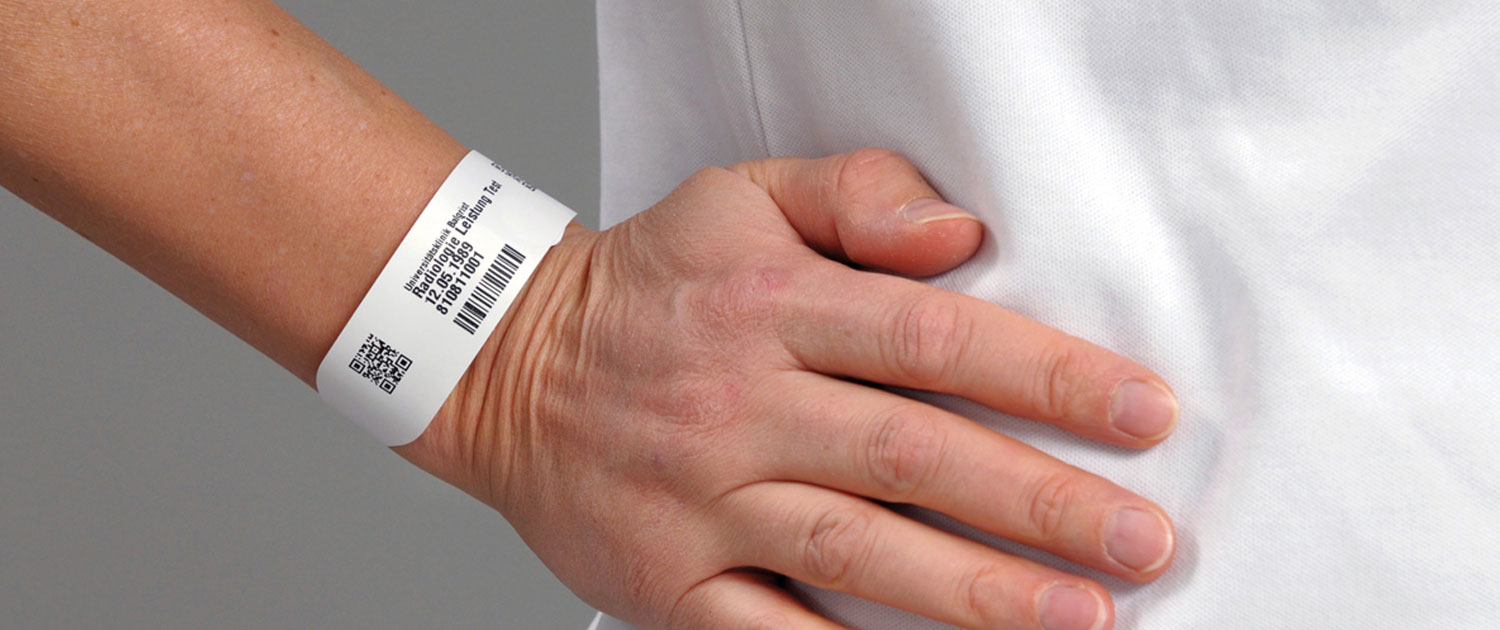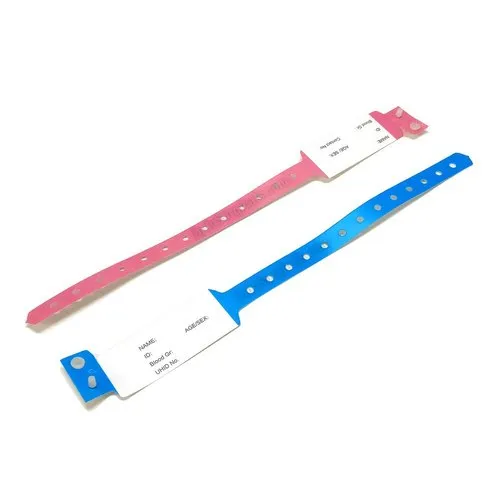Person Recognition Bands: A Trick Tool for Improved Medical Accuracy
Individual recognition bands represent an important part in the pursuit of clinical accuracy and client security within health care environments. The true level of their effect on person results and total healthcare quality warrants even more exam.

Importance of Person Recognition
Client recognition is an important element of health care that makes sure the safety and security and accuracy of medical treatment. Correct identification procedures are necessary to avoid medical errors, which can result in unfavorable patient outcomes, including inaccurate medication management, misdiagnosis, or inappropriate treatment strategies. The value of accurate individual identification can not be overemphasized, as it offers as the foundation for reliable communication among medical care service providers.
In settings where multiple people are obtaining treatment concurrently, the risk of identity confusion boosts. Applying robust recognition systems assists mitigate these risks and improves individual safety and security. Patient Identification Band. Exact recognition contributes to the integrity of medical documents, guaranteeing that individual histories, allergies, and previous treatments are properly linked to the best person.
In addition, conformity with governing criteria and certification needs commonly mandates strict client identification methods, cultivating a society of accountability and high quality treatment. Eventually, the relevance of client identification goes beyond plain administrative tasks; it is a basic element of supplying premium medical care that prioritizes client security and enhances clinical results. Buying efficient recognition methods is not simply useful-- it's imperative in today's complex health care landscape.
Sorts Of Client Identification Bands
In healthcare settings, numerous kinds of individual identification bands are used to make sure accurate identification and boost safety. These bands serve as a critical device in stopping medical errors related to person misidentification.
One of the most common kind is the conventional wristband, normally made from long lasting plastic and published with the individual's name, date of birth, and a special recognition number. These wristbands are commonly color-coded to communicate particular information, such as allergic reactions or other clinical conditions.
Another kind is the barcode wristband, which integrates a scannable barcode connected to the individual's digital wellness document. This innovation permits reliable information retrieval and confirmation during drug administration and various other medical procedures.
In Addition, RFID (Superhigh Frequency Recognition) bands are becoming significantly popular. These bands can communicate wirelessly with health center systems, permitting real-time monitoring and recognition of patients, consequently streamlining workflows and boosting person safety.

Advantages for Doctor
Making use of individual identification bands uses considerable advantages for medical care suppliers, boosting both operational performance and client safety and security. These bands offer as a crucial device in improving individual management processes (Patient Identification Band). By making certain exact identification, doctor can decrease the danger of management errors, such as mislabeling examples or misdirecting therapies, which can lead to pricey hold-ups and complications
In addition, person identification bands facilitate smooth interaction among the health care group. With standard and conveniently accessible client details, suppliers can make informed decisions promptly, enhancing general operations. This efficiency is particularly vital in high-pressure atmospheres such as emergency divisions, where time-sensitive interventions are vital.
The implementation of identification bands additionally sustains compliance with regulatory standards and ideal methods, thereby reducing the risk of lawful repercussions originating from identification mistakes. The use of these bands improves information accuracy in digital health documents, leading to much better care sychronisation and continuity.
Influence On Patient Security
Accurate individual identification is a cornerstone of healthcare security, significantly lowering the likelihood of errors that can endanger client health. The use of person identification bands is crucial basics in ensuring that each patient obtains the proper therapy, drugs, and procedures. These bands function as a trusted referral point for medical care specialists, reducing the risk of misidentification, which can result in serious repercussions such as incorrect drug administration or medical mistakes.
The application of standardized client identification bands adds to a society of safety within medical care settings. By providing clear, easily understandable info, these bands help to strengthen the value of confirming person identification at every stage of treatment. They help with interaction amongst team members, ensuring that everybody involved in a client's care is conscious of their particular requirements and requirements.
Additionally, making use of person identification bands can improve the precision of electronic health records, additionally minimizing the possibility for errors - Patient Identification Band. By prioritizing person security with effective identification techniques, doctor can cultivate count on and self-confidence among individuals, eventually causing better scientific end results and enhanced person fulfillment. The influence of correct patient identification can not be overemphasized; it is a basic aspect of top notch health care delivery
Best Practices for Implementation
Efficient execution of client recognition bands is vital for improving patient security and decreasing mistakes in health care setups. Personnel training is crucial; all group members need to understand the importance of precise individual recognition and the treatments for band application.
2nd, the design of the identification bands must focus on visibility and toughness. Bands must be easy to read, consist of essential client information, and withstand daily wear. Using color-coding can additionally boost quick recognition.


Third, incorporating digital health documents (EHR) with recognition band systems can enhance operations. Automated notifies for discrepancies in client identification can avoid prospective mistakes before they take place.
Last but not least, performing normal audits and comments sessions will certainly aid determine areas for improvement. Involving staff in these discussions cultivates a culture of security and responsibility.
Final Thought
In conclusion, person recognition bands play an important duty in improving clinical precision and ensuring patient safety and security Get the facts within healthcare systems. Taking on ideal practices for application promotes a culture of safety and security, ultimately leading to improved individual outcomes and greater trust fund in healthcare solutions.
Client identification bands represent a critical component in the quest of medical accuracy and person security within medical care environments.Making use of person recognition bands uses substantial advantages for health care carriers, boosting both functional efficiency and patient security. By prioritizing individual safety through efficient recognition practices, health care providers can foster trust and confidence among individuals, ultimately leading to better medical check that outcomes and improved client fulfillment.Effective application of person recognition bands is critical for enhancing patient safety and lessening mistakes in medical care setups.In final thought, person identification bands play a crucial function in enhancing medical accuracy and ensuring person safety within healthcare systems.